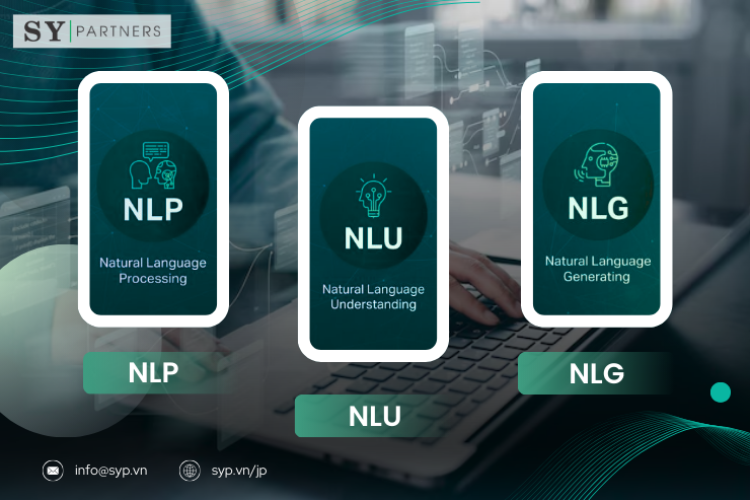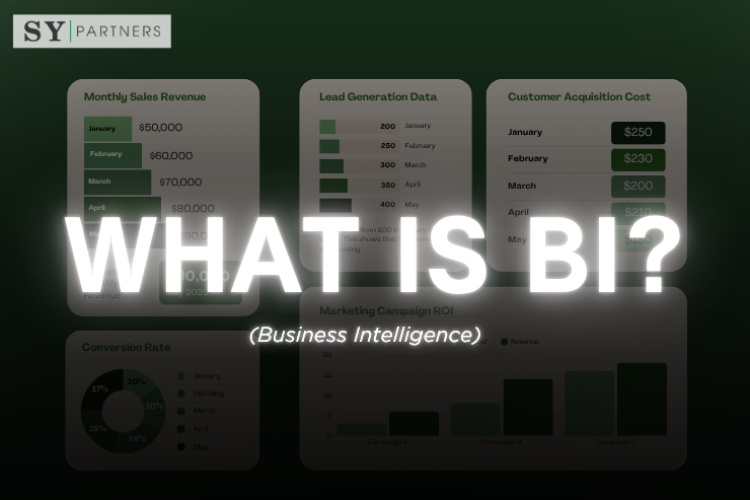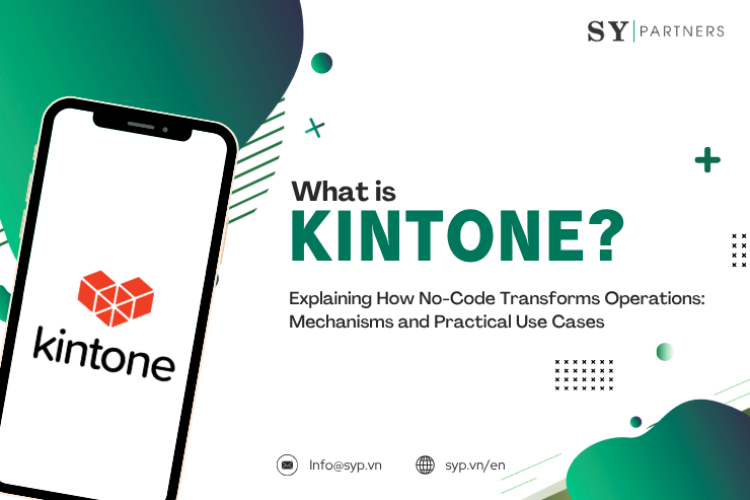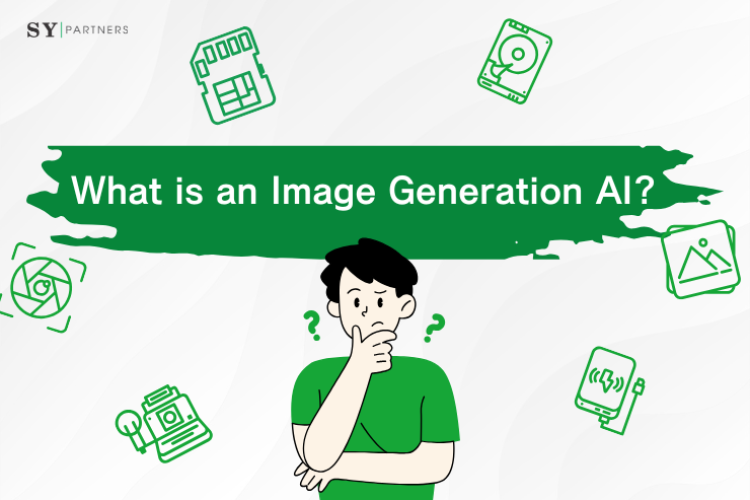[For Enterprises] Adoption Rate of Microsoft Copilot and 8 Key Business Use Cases
With the rapid evolution of generative AI, enterprises are accelerating the adoption of AI tools to improve operational efficiency and enhance competitiveness. Microsoft Copilot, built on OpenAI technology and integrated into Microsoft 365 and GitHub, provides intelligent assistance across applications such as Word, Excel, PowerPoint, Outlook, and Teams. By automating tasks such as document drafting, data analysis, and meeting summarization, Copilot helps employees boost productivity and focus on higher-value work.
This article provides an in-depth overview of Copilot’s main features, its differences from other AI assistants, eight practical business use cases, pricing plans, and considerations for enterprise adoption. For organizations worldwide—including SMEs—Copilot represents a practical first step in harnessing AI for business transformation.
1. Features of Copilot and Differences from Other AI Models
1.1 Features of Copilot
As an AI assistant designed specifically for the Microsoft 365 ecosystem, Copilot offers the following strengths:
1.1.1 Seamless Integration with Microsoft 365
Copilot operates directly within Word, Excel, PowerPoint, Outlook, and Teams, leveraging business data in real time. For example, when analyzing sales data in Excel, simply instructing “create a graph by region” produces the appropriate visualization instantly. This tight integration allows users to harness AI without disrupting their workflow.
1.1.2 Multimodal Capabilities
Beyond text generation, Copilot supports image creation, chart building in Excel, real-time transcription in Teams, and live translation. The latest updates introduced autonomous agents that further automate repetitive tasks, enabling users to execute complex operations with ease.
1.1.3 Context-Based Suggestions
Using Microsoft Graph, Copilot references emails, calendars, chat history, and documents. For example, in Outlook, it can propose a reply draft in the proper tone based on past correspondence, saving significant time. This personalized support greatly enhances productivity.
1.1.4 Enterprise-Grade Security
Built on the Microsoft Azure infrastructure, Copilot complies with international data protection standards such as GDPR, ISO 27001, and SOC 2. Business data is securely managed and never used for training external AI models. It also complies with national regulations such as Japan’s APPI (Act on the Protection of Personal Information), ensuring reliable enterprise operations.
1.2 Differences from Other AI Models
Copilot is often compared with tools like ChatGPT, Claude, Grok, and Perplexity. Key differentiators from a business perspective include:
1.2.1 Specialization in the Microsoft Ecosystem
While ChatGPT excels in general conversation and creative writing, its integration with Microsoft 365 apps is limited. Copilot, by contrast, directly streamlines tasks in Word and Excel and leverages enterprise data in context, making it particularly valuable for organizations already using Microsoft 365.
1.2.2 Real-Time Data Processing
Grok specializes in real-time social media data, whereas Copilot combines Bing Search with Microsoft Graph to integrate both internal and external data. For instance, it can reflect market trends in Excel or share the latest news in Teams. Unlike Perplexity, which focuses solely on search, Copilot emphasizes operational data within the business environment.
1.2.3 Simple Prompt Interaction
Claude requires carefully designed prompts for accurate output. Copilot, however, leverages contextual understanding within each app, producing precise results from simple instructions. For example, typing “summarize meeting” in Teams instantly generates a concise summary. This ease of use makes Copilot highly accessible to non-technical staff.
1.2.4 Enterprise Features
While Grok and ChatGPT offer flexible APIs, Copilot inherits Microsoft 365’s enterprise-grade security and governance policies. It includes built-in usage analytics tools, helping organizations strengthen data governance. For large enterprises, this reliability is a major advantage.
2. Eight Key Business Use Cases of Copilot
Copilot’s versatility drives efficiency and innovation across industries. Below are eight practical examples of how businesses worldwide are leveraging Copilot:
2.1 Rapid Presentation Creation
In PowerPoint, Copilot can generate slides directly from Word documents or email content. For instance, marketing teams can quickly create client proposals aligned with brand colors and fonts, complete with optimized layouts and animations. This reduces preparation time and allows staff to focus on creativity and storytelling.
2.2 Automated Data Analysis
In Excel, users can instruct Copilot in natural language to generate formulas, dashboards, or visualizations. Finance teams can accelerate monthly reporting by extracting trends from multiple datasets and producing executive dashboards—without advanced technical expertise.
2.3 Meeting Efficiency and Summarization
In Teams, Copilot generates real-time transcriptions, summaries, and action items. Late participants can quickly catch up, and international meetings benefit from live translation. This automation streamlines follow-ups and enhances team productivity.
2.4 Optimized Email Management
In Outlook, Copilot summarizes lengthy emails and drafts appropriate replies. Sales teams, for instance, can accelerate client communication with professionally worded responses tailored to previous correspondence, saving time while maintaining quality.
2.5 Assisted Document Drafting
In Word, Copilot helps draft proposals, contracts, and reports, while also providing grammar correction and multilingual translation. Legal departments can quickly produce Japanese summaries of English contracts, ensuring both accuracy and efficiency.
2.6 Idea Generation and Brainstorming
Through Copilot Studio, teams can generate product or service ideas based on market data and internal resources. For example, manufacturers can streamline product planning by referencing competitor analysis and consumer trends, fostering creativity and collaborative discussion.
2.7 Software Development Support
When integrated with GitHub Copilot, developers benefit from intelligent code completion and debugging suggestions. Software companies can shorten development cycles by receiving real-time fixes, test case generation, and quality improvements.
2.8 Workflow Automation
Using Copilot Studio, enterprises can build custom agents to automate tasks such as expense approval, scheduling, and FAQ handling. Employees can initiate workflows directly in Teams—for instance, by typing “vacation request,” which triggers form entry and approval processes. This frees staff to focus on strategic tasks.
3. Pricing Plans for Copilot
Copilot offers a variety of plans for individuals and enterprises. Below is an overview of the latest pricing and features:
| Plan Name | Monthly Price (USD) | Primary Use & Features |
|---|---|---|
| Standard Copilot (Free) | $0 | Basic AI features at the web/OS level, image generation, access to the latest model |
| Copilot Pro | $20 | Advanced models, priority responses, Office integration for home use |
| Microsoft 365 Copilot | $30 per user | Enterprise-grade AI integrated across all 365 apps, enhanced security |
| Copilot Studio | approx. $200 | Advanced enterprise edition for custom agents and model development |
Cost Optimization Tips
- Trial Usage: Copilot Pro offers a free trial—ideal for initial evaluation and pilot testing.
- Annual Contracts: Opting for annual subscriptions (e.g., Microsoft 365 Copilot) reduces overall costs.
- Prompt Efficiency: Use concise, clear instructions to minimize processing time and maximize license efficiency.
- Phased Deployment: Start with small teams, validate outcomes, and then scale organization-wide.
4. Limitations and Challenges of Copilot
While Copilot provides significant benefits, enterprises should also be aware of the following limitations:
4.1 Dependence on Microsoft 365
Full functionality requires a Microsoft 365 Business or Enterprise plan. Companies operating primarily in other ecosystems (e.g., Google Workspace) may face barriers to adoption.
4.2 Nuances in Multilingual Support
While support for languages beyond English has improved, AI assistants like Copilot may still encounter challenges in handling nuanced contexts or domain-specific terminology. Subtle differences in tone, formality, or culturally specific expressions can sometimes lead to awkward or less natural phrasing. Ongoing enhancements in multilingual capabilities are expected to reduce these issues over time.
4.3 Complexity of Initial Setup
Enterprise-grade security configurations and license management can be complex. SMEs without dedicated IT staff may require additional time or external support. Microsoft’s help desk and certified partners are recommended resources during implementation.
4.4 Verification of Generated Content
Documents, images, or analyses generated by Copilot require human verification to ensure accuracy, compliance, and copyright clearance. Over-reliance on AI outputs may introduce misinformation or legal risks, especially for client-facing materials.
4.5 Cost Considerations
Enterprise plans can be relatively expensive, particularly for SMEs. Organizations should conduct a thorough cost-benefit analysis, identifying which processes will be optimized before committing to deployment.
Conclusion
Microsoft Copilot, through its seamless integration with Microsoft 365, enhances efficiency across presentations, data analysis, meeting management, email communication, software development, and workflow automation. By freeing employees to focus on strategic tasks, it fosters innovation and productivity.
However, challenges such as Microsoft 365 dependency, cost, setup complexity, and nuanced language handling remain. To mitigate these, organizations should leverage free trials, phased rollouts, and internal training.
Looking ahead, advancements such as Copilot Pages and more autonomous agents promise even greater automation. By strategically adopting Copilot, enterprises can strengthen their competitiveness in the global market.
Frequently Asked Questions
Q1. Compared to other AI assistants such as ChatGPT or Claude, what advantages does Microsoft Copilot offer for businesses?
The greatest advantage of Microsoft Copilot lies in its deep integration with Microsoft 365 and its immediate applicability to day-to-day operations. While other AI tools provide excellent conversational capabilities and broad language model coverage, incorporating them into actual business workflows often requires additional API connections or third-party tools, which can raise the barrier to adoption.
Copilot, on the other hand, operates seamlessly within core business applications such as Word, Excel, PowerPoint, Outlook, and Teams. It leverages existing internal data (e.g., meeting notes, sales emails, shared company documents) to deliver context-based suggestions. Additionally, by combining insights from Microsoft Graph with Bing search results, Copilot is able to process both internal and external information in real time.
Although Claude and ChatGPT are also highly capable generative AI tools, they may require advanced prompt design or dedicated implementation environments. For organizations with limited IT resources, Copilot’s natural integration into the existing Microsoft ecosystem represents a significant advantage.
Q2. Is Microsoft Copilot reliable in non-English environments, such as Japanese?
In practice, Copilot performs well in Japanese and can be trusted for a wide range of daily business tasks, such as drafting emails, creating documents, and handling Excel operations. Its Japanese input handling is accurate enough to reflect user intent. However, challenges remain when it comes to nuanced expressions, honorific language, or highly specialized terminology. For tasks like legal documents or client-facing communications, human review is still recommended.
Microsoft continues to strengthen its multilingual capabilities, including Japanese support. As a best practice, many companies adopt a “AI for drafting, human for review” approach, balancing efficiency with reliability.


 EN
EN JP
JP KR
KR![[For Enterprises] Adoption Rate of Microsoft Copilot and 8 Key Business Use Cases](/sites/default/files/articles/%5BFor%20Enterprises%5D%20Copilot%20%E2%80%94%20Corporate%20Adoption%20Rate%20and%208%20Business%20Use%20Cases.png)




